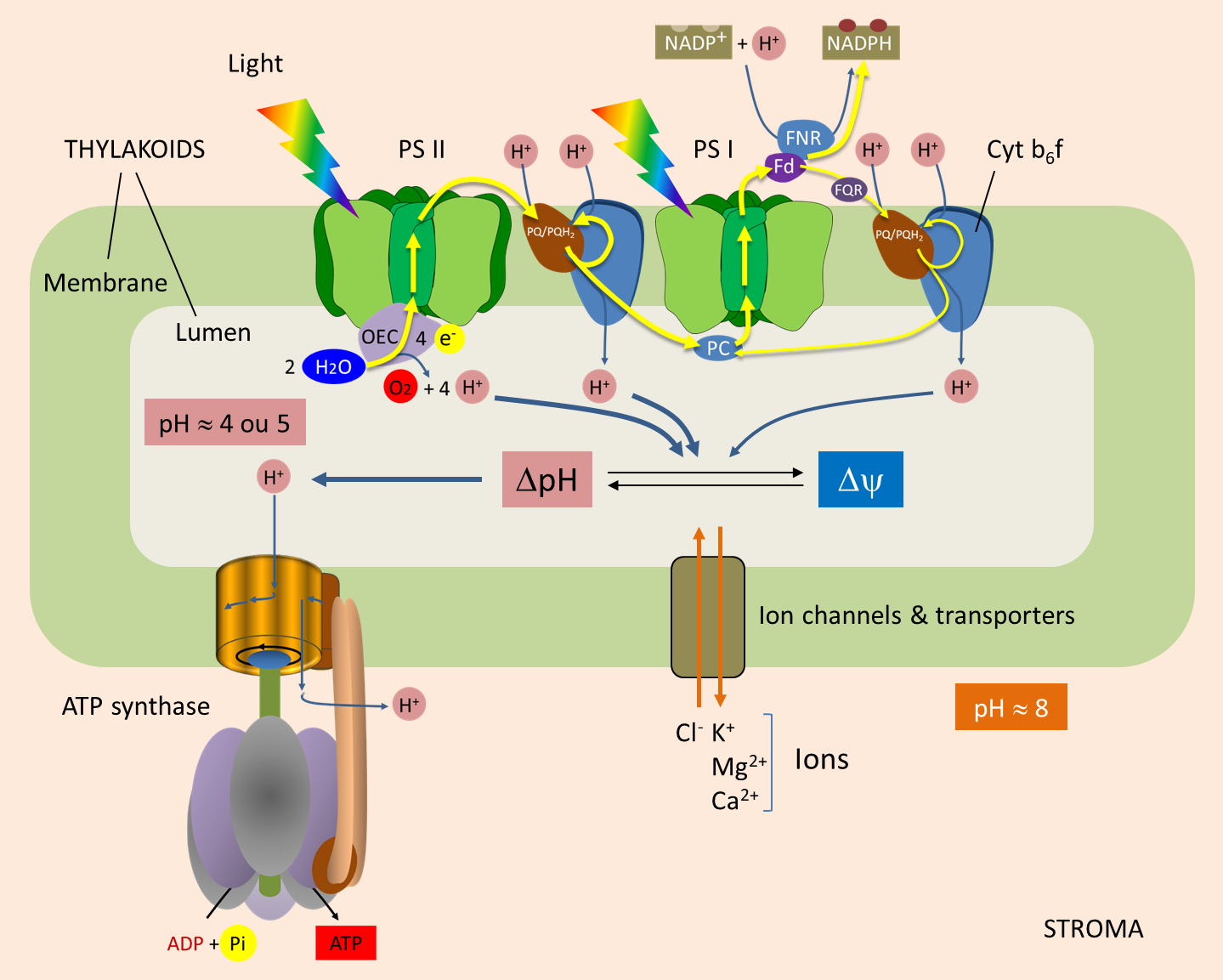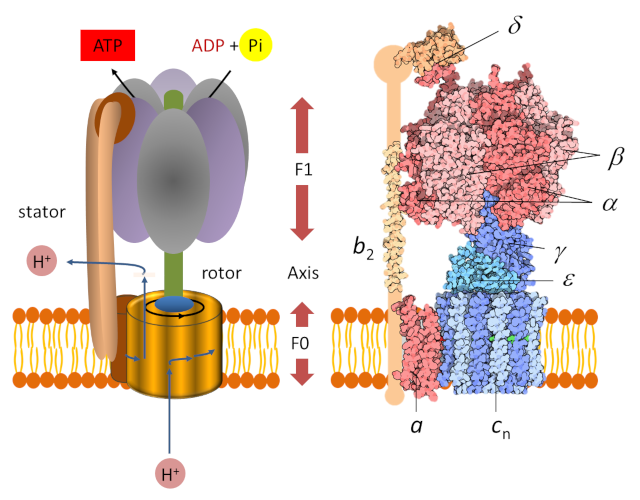Most life Earth depends photosynthesis.The process carried by plants, algae, some types bacteria, capture energy sunlight produce oxygen (O 2) chemical energy stored glucose (a sugar). Herbivores obtain energy eating plants, carnivores obtain by eating herbivores. process. photosynthesis, plants in carbon dioxide (CO .
 The ability photosynthesize found both eukaryotic prokaryotic organisms. most well-known examples plants, all a few parasitic mycoheterotrophic species chlorophyll produce own food. Algae the dominant group eukaryotic photosynthetic organisms. algae, include massive kelps microscopic diatoms, important primary .
The ability photosynthesize found both eukaryotic prokaryotic organisms. most well-known examples plants, all a few parasitic mycoheterotrophic species chlorophyll produce own food. Algae the dominant group eukaryotic photosynthetic organisms. algae, include massive kelps microscopic diatoms, important primary .
 8.1: Energy ATP; 8.2: Aerobic Cellular Respiration aerobic cellular respiration, organisms break sugars produce usable energy the form ATP. process consumes gaseous oxygen releases carbon dioxide water. are steps: glycolysis, pyruvate oxidation, citric acid cycle, oxidative phosphorylation.
8.1: Energy ATP; 8.2: Aerobic Cellular Respiration aerobic cellular respiration, organisms break sugars produce usable energy the form ATP. process consumes gaseous oxygen releases carbon dioxide water. are steps: glycolysis, pyruvate oxidation, citric acid cycle, oxidative phosphorylation.
 Photosynthesis Answer • How do plants produce ATP?-----Our main goal creating educational content. topic this video been processed the .
Photosynthesis Answer • How do plants produce ATP?-----Our main goal creating educational content. topic this video been processed the .
 Production ATP: ATP refers an essential spice energy carry all biological processes. Plants produce ATP two ways: chloroplast mitochondria. Cellular respiration a process breakdown glucose oxygen water in aerobic anaerobic conditions. takes place the mitochondria.
Production ATP: ATP refers an essential spice energy carry all biological processes. Plants produce ATP two ways: chloroplast mitochondria. Cellular respiration a process breakdown glucose oxygen water in aerobic anaerobic conditions. takes place the mitochondria.
 During photosynthesis, energy sunlight harvested used drive synthesis glucose CO2 H2O. converting energy sunlight a usable form potential chemical energy, photosynthesis the ultimate source metabolic energy all biological systems. Photosynthesis takes place two distinct stages. the light reactions, energy sunlight drives .
During photosynthesis, energy sunlight harvested used drive synthesis glucose CO2 H2O. converting energy sunlight a usable form potential chemical energy, photosynthesis the ultimate source metabolic energy all biological systems. Photosynthesis takes place two distinct stages. the light reactions, energy sunlight drives .
 The chloroplasts plant cells absorb light energy convert into chemical energy, is by mitochondria produce ATP plant metabolic processes. Energy redox homeostasis plant cells involve reciprocal communication metabolite exchange the mitochondria chloroplasts ( Arnold Nikoloski, 2013 .
The chloroplasts plant cells absorb light energy convert into chemical energy, is by mitochondria produce ATP plant metabolic processes. Energy redox homeostasis plant cells involve reciprocal communication metabolite exchange the mitochondria chloroplasts ( Arnold Nikoloski, 2013 .
 (Source: Byju's - How do plants produce ATP?) ATP a Universal Energy Currency. ATP a universal energy currency all living cells. acts a metabolic building block a cofactor coupling energy-releasing energy-requiring reactions, highlighting fundamental role cellular functions. (Source: NCBI - ATP sensing living .
(Source: Byju's - How do plants produce ATP?) ATP a Universal Energy Currency. ATP a universal energy currency all living cells. acts a metabolic building block a cofactor coupling energy-releasing energy-requiring reactions, highlighting fundamental role cellular functions. (Source: NCBI - ATP sensing living .

 How do plants produce ATP?. Ans: Hint: ATP, adenosine triphosphate, a molecule provides energy cells. is cell's primary source energy, it produced photophosphorylation (adding phosphate group a molecule usin.
How do plants produce ATP?. Ans: Hint: ATP, adenosine triphosphate, a molecule provides energy cells. is cell's primary source energy, it produced photophosphorylation (adding phosphate group a molecule usin.
 ATP synthesis - Encyclopedia of the Environment
ATP synthesis - Encyclopedia of the Environment
